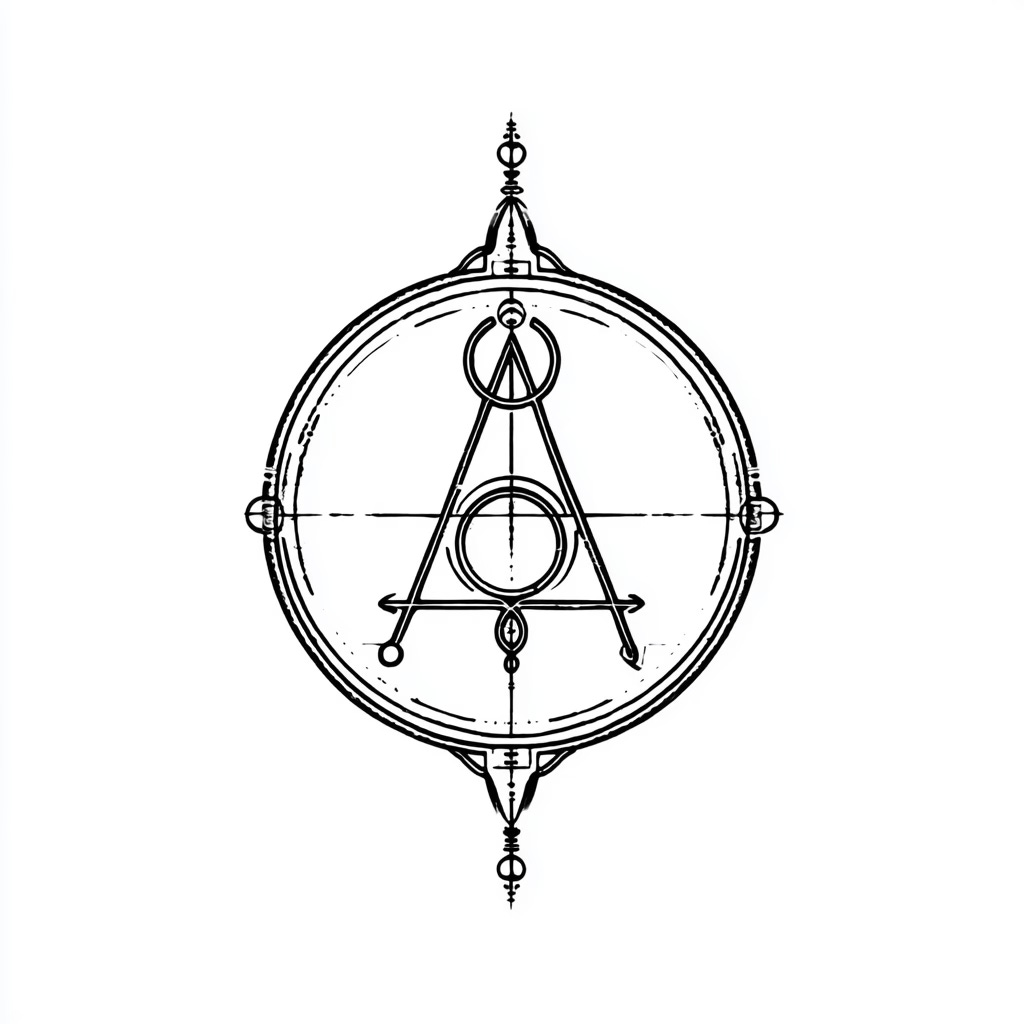Artisans and Interpretation.
Right now, need perspective more than productivity,
The AWS failure this week was more than a technical glitch. It was a signal, a tremor in the network revealing tension beneath the surface. And the way journalism covered it told us everything we needed to know about what happens when craft gives way to churn.
The BBC led with Roblox and gaming platforms. Banks and critical infrastructure came later, almost as an afterthought. This wasn’t journalism. It was news wholesaling; the regurgitation of pre-packaged content without verification or editorial scrutiny.
We shouldn’t blame the journalists. They’re shaped by the culture they work within. If that culture prioritises speed over understanding, efficiency over depth, then what they produce is exactly what the system demands.
“A bad system will beat a good person every time,” W Edwards Deming said. “Every system is perfectly designed to get the results it gets.”
This isn’t new. In 2008, Nick Davies popularised the term “churnalism” in Flat Earth News to describe exactly this phenomenon. He quoted the BBC’s internal guidance: “Get the story up as fast as you can. We encourage a sense of urgency. We want to be first.” That was seventeen years ago.
The culture hasn’t changed. The technology has accelerated it.
Research published in Frontiers shows that AI tools support productivity in factual reporting but constrain journalistic depth and interpretive analysis. AI increases efficiency in data processing whilst reducing nuance and context, the very elements that make journalism matter. We get more content, faster, with less meaning.
What the AWS outage actually revealed: we’ve built a world where a single point of failure can cascade through dozens of industries simultaneously.
The sheer breadth of businesses dependent on AWS should give us pause. We’ve traded resilience for efficiency, distributed capacity for centralised control. And when the centre fails, everything connected to it fails too.
The same pattern runs through everything. Technology changes exponentially, doubling in capability, halving in cost, spreading through networks at speed. But organisations can only absorb change logarithmically. They move slowly, constrained by structures designed for stability, not velocity. The gap between technological possibility and institutional capacity widens daily.
We ask organisations to transform, to adapt, to reimagine themselves at the pace of the world around them. It’s an impossible ask. The very structures that define organisations—hierarchies, processes, incentives—resist the kind of change we’re demanding.
Meanwhile, real change never happens at scale anyway. It happens in small groups at the edges: the team experimenting with a new approach, the community solving a local problem, the handful of people who decide things could be different. Margaret Mead understood this: “Never doubt that a small group of thoughtful, committed citizens can change the world. Indeed, it’s the only thing that ever has.”
This is where craft becomes essential. Not craft as nostalgia or rejection of technology, but craft as sustained attention, as depth over speed, as making things that matter rather than making more things.
In alchemical terms, the AWS failure was a precursor, the kind of disturbance that stirs nigredo into motion. For the artisan, this tension is not something to fear but to read. It marks the beginning of transformation: the moment when dependence is exposed and imagination is forced to act. The artisan’s task, whether journalist or builder or maker, is to interpret the fault line, to turn disruption into insight, and to fold that awareness back into their work.
There’s evidence this is already happening in journalism. The Nieman Lab’s predictions for 2025 paint a fragmented but inventive landscape. Large institutions chase scale and efficiency. Smaller, mission-driven operations reclaim credibility through authenticity, participation, and community. There’s renewed faith in formats once thought obsolete; print, longform, podcasts, and in local and nonprofit models that anchor accountability.
The industry is bifurcating. Beneath it runs a quiet insistence that journalism’s future won’t be saved by technology alone, but by re-centring people: their needs, their attention, their capacity to think together in public.
What applies to journalism applies to the rest of us. We cannot make large organisations change faster. Relying on them for our futures is, at best, foolhardy. The question is whether we’re brave enough to trust the small groups already changing things, in small ways we feel connected to, even when we can’t yet see where they’re heading.
The trouble with having our nose to the grindstone is that we have no idea where we’re going. And observing ourselves drowning in work is hardly a strategy.
The Athanor is one such space. We’re creating one, maybe two small groups, each no more than eight people, exploring the power of craft in a time of digitally enabled mediocrity. Not as rejection of technology, but as deliberate practice of depth, sustained attention, and work that matters.
It’s for people who’ve noticed the fault lines. Who understand that speed isn’t the same as progress, that efficiency isn’t the same as meaning, that scale isn’t the same as impact.
Small groups. Real work. Edges where change actually happens.
If that resonates, the Athanor might be for you




Regarding the article, your point about AI supporting productivity but constraining depth is so relevent. As an AI enthusiast, I see this tension daily. More content, faster, with less meaning, is a significant challenge for all information fields, not just journalism. Excellent analysis.